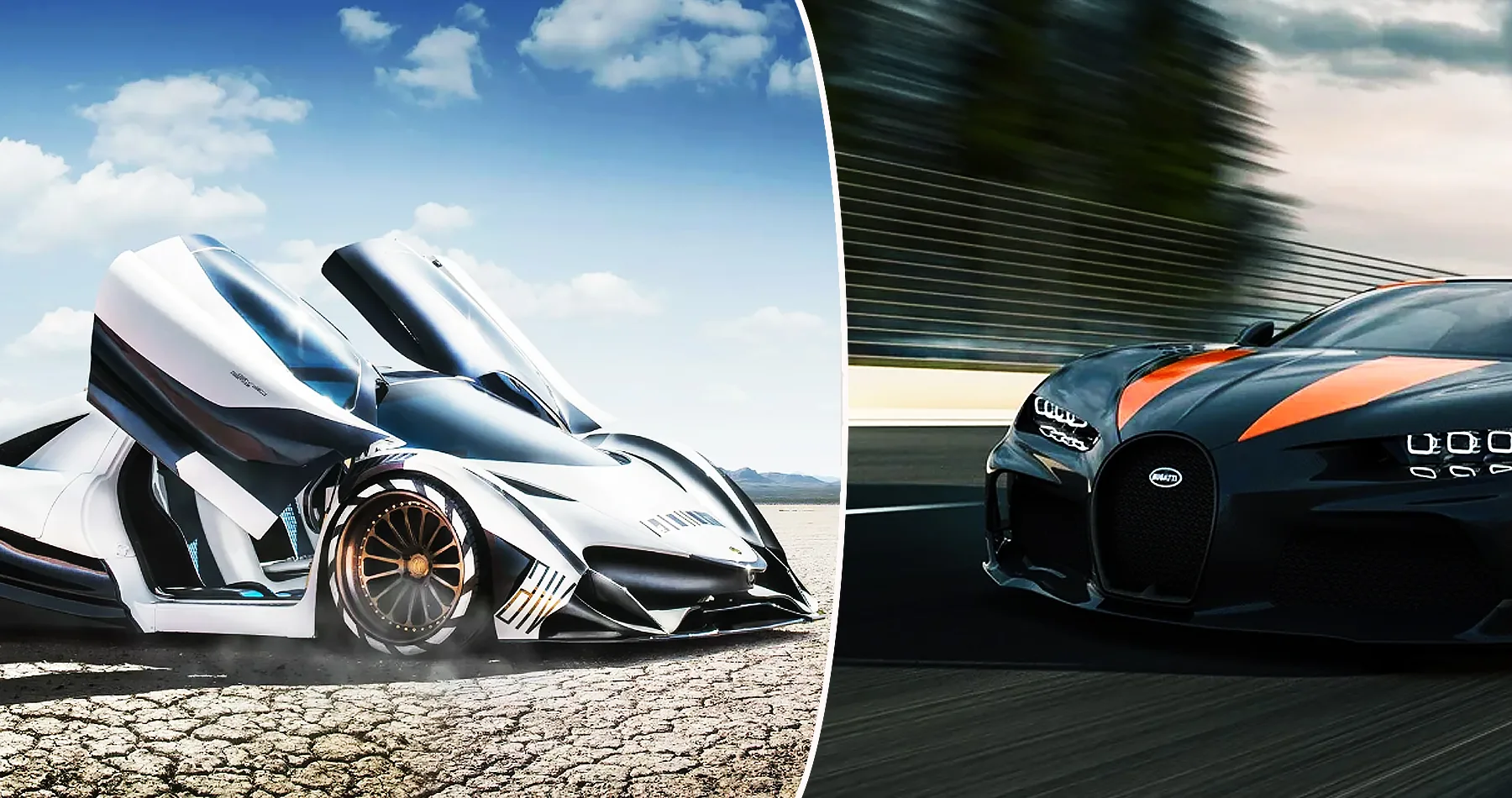The quest for the most powerful car engine has been a constant pursuit in the automotive industry, marked by groundbreaking advancements in engineering, technology, and performance. As of my last update in January 2022, the title of the most powerful car engine ever made is a dynamic and evolving distinction, with several contenders showcasing incredible power outputs and cutting-edge designs.
The most powerful car engine ever made- Evolution of Powerful Car Engines:
Early History:
The early stages of automotive development saw modest engine power outputs. But as technology developed, makers kept pushing the envelope, which led to the development of engines with never-before-seen amounts of power.
Muscle Car Era:
The 1960s and 1970s witnessed the emergence of the muscle car era, characterized by powerful engines designed for high-performance vehicles. Engines like the Chrysler 426 Hemi and the Chevrolet LS6 V8 were notable for their impressive power outputs during this period.
The most powerful car engine ever made is The Bugatti Chiron features an 8.0-liter quad-turbocharged W16 engine producing 1,479 horsepower (1,103 kW) and 1,600 Newton-meters (1,180 lb-ft) of torque.
Modern Engineering Marvels:
Bugatti Chiron:
The incredible engine power of the Bugatti Chiron has drawn a lot of attention in recent years. A powerful 8.0-liter quad-turbocharged W16 engine producing 1,479 horsepower (1,103 kW) and 1,600 Newton-meters (1,180 lb-ft) of torque powers the Chiron. This hypercar’s engine showcases exceptional engineering and technological innovation.
Koenigsegg Jesko:
Another remarkable contender is the Koenigsegg Jesko, which features a 5.0-liter twin-turbocharged V8 engine generating an astounding 1,603 horsepower (1,194 kW) on standard gasoline and 1,817 horsepower (1,352 kW) on E85 biofuel. This engine demonstrates Koenigsegg’s commitment to pushing the boundaries of power and performance.
Hennessey Venom F5:
A powerful 6.6-liter twin-turbocharged V8 engine generating 1,817 horsepower (1,354 kW) powers the Hennessey Venom F5. It represents a remarkable engineering achievement, aiming for record-breaking speeds and performance in the hypercar segment.
Electric Powerhouses:
In the realm of electric vehicles, the Rimac C_Two is a standout, featuring an electric powertrain that generates an extraordinary 1,914 horsepower (1,408 kW) and 2,300 Newton-meters (1,696 lb-ft) of torque. Electric cars are redefining performance benchmarks and challenging traditional combustion engine dominance.
Engine Technologies and Innovations:
The development of these powerful engines involves cutting-edge technologies and engineering innovations:
Forced Induction: Forced induction methods like twin- and quad-turbocharging dramatically enhance power outputs without appreciably increasing engine displacement.
Advanced Materials: Lightweight and durable materials like carbon fiber, titanium, and high-strength alloys boost engine performance and efficiency.
Precision Engineering: Advancements in precision engineering, computer-aided design (CAD), and simulation technologies allow for optimized engine designs and performance tuning.
Hybridization and Electrification: Hybrid powertrains and electric motors complement internal combustion engines, boosting overall power outputs while improving efficiency and reducing emissions.
The Quest for Power and Performance:
In addition to producing power, engine manufacturers are constantly developing new concepts and refining their current ones to attain efficiency, dependability, and environmental sustainability.
Conclusion:
The title of the most powerful car engine ever made remains a dynamic and evolving distinction in the automotive world. From the classic muscle cars of the past to the cutting-edge hypercars and electric vehicles of today, automotive engineering continues to push the boundaries of what is possible in terms of power, performance, and technological innovation. As advancements in engineering and technology persist, we can anticipate even more extraordinary and powerful engines in the future, shaping the landscape of high-performance automobiles.
